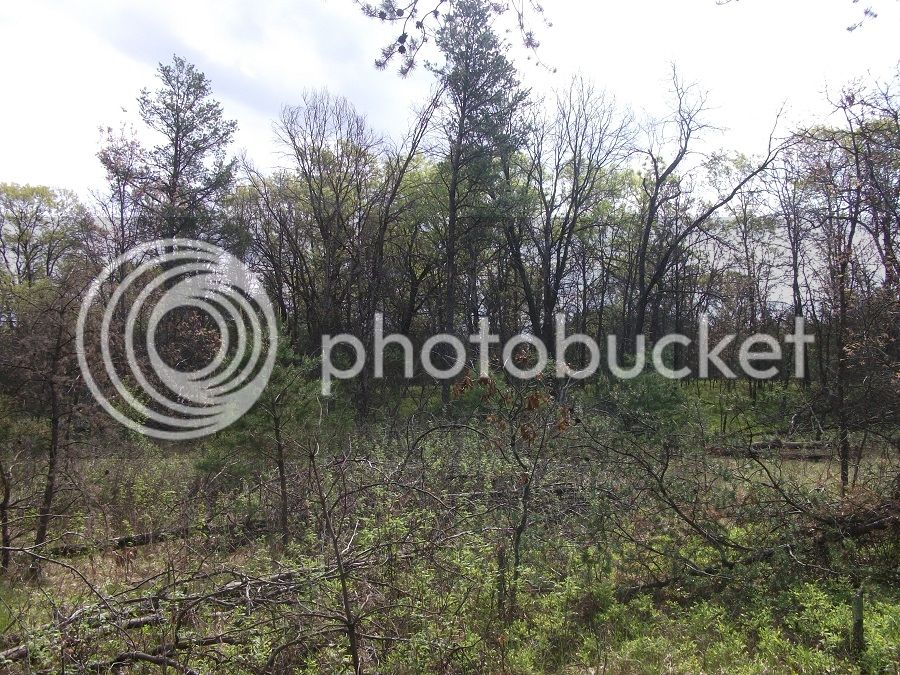CrazyEd
5 year old buck +
Yeah, the wilt is tough on the eyes. We have a huge area on the front of our properties where it's the worst. In the back we don't have any evidence of it, hopefully it stays that way but yeah it's sad to see the big giants continue to fall over year after year after year.




